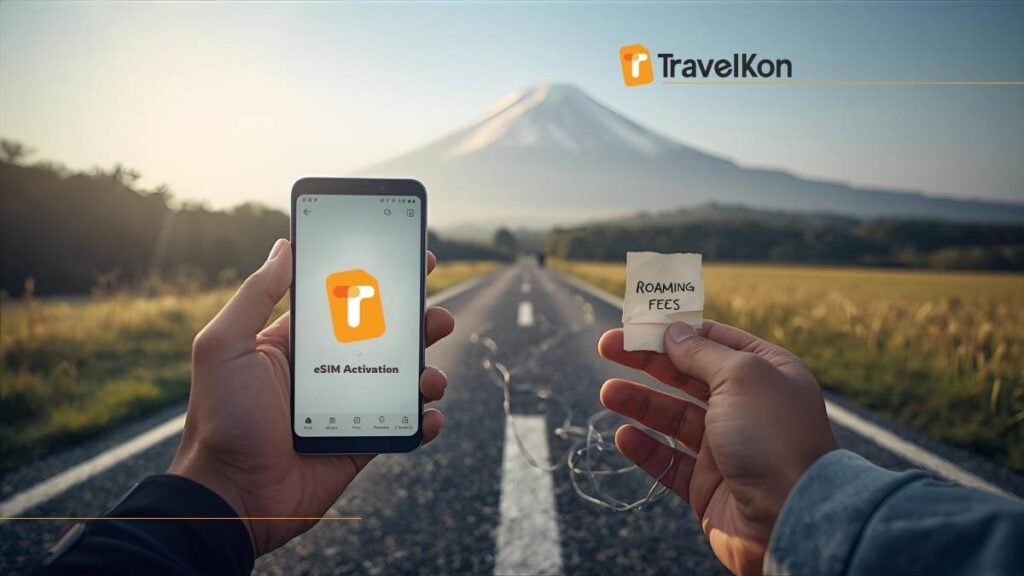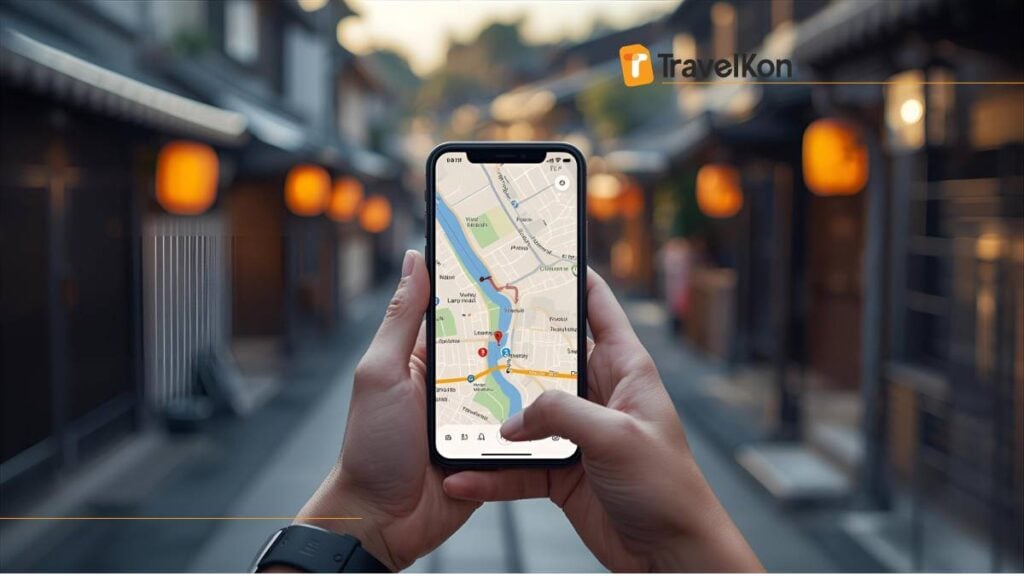Best eSIM for Taiwan & Ultimate Itinerary 2025: Top Picks Revealed!
Finding the best eSIM for Taiwan in 2025 is key for any traveller. Seamless connectivity is essential for navigating cities, sharing moments, and staying in touch. TravelKon eSIMs offer a reliable, convenient solution with instant connectivity, free from physical SIM card hassles. Unlock Taiwan’s wonders. eSIM technology is booming, with more travellers choosing it for flexibility and instant activation. This gives Taiwan visitors better connectivity, letting them skip roaming charges and travel smarter. What makes TravelKon the best eSIM for your Taiwan adventure? TravelKon eSIMs redefine convenience. They offer instant activation, eliminating physical SIM cards for a smooth arrival in Taiwan. Purchase online, get your eSIM via email, and activate with a quick scan. No more searching for local stores or language barriers. TravelKon eSIMs offer robust, reliable network coverage in Taiwan. Enjoy high-speed data across major cities like Taipei, Kaohsiung, and Taichung. Stay connected exploring night markets or serene temples. Consistent connectivity is crucial for navigation, communication, and sharing experiences. TravelKon offers competitive pricing and dedicated customer support. Our plans provide excellent value, managing your budget without compromising connectivity. Our 24/7 support team is ready to assist, ensuring peace of mind throughout your trip. Why TravelKon is your top choice for Taiwan: How does a TravelKon eSIM enhance your Taiwan travel experience? A TravelKon eSIM elevates your Taiwan travel experience with uninterrupted connectivity. Navigate Taipei effortlessly with GPS, translate menus instantly, and find quick transport routes. Our eSIM ensures constant access to essential information, making your journey smoother and more enjoyable. A compelling advantage of a TravelKon eSIM is avoiding exorbitant international roaming charges. Traditional roaming quickly depletes travel budgets. With an eSIM, you pay for a local data plan at a fraction of the cost. This cost-effectiveness frees up funds for Taiwan’s rich culture, cuisine, and landscapes. Beyond practicality, a TravelKon eSIM empowers you to share adventures as they unfold. Upload stunning photos, video call family, or stay connected via social media. In emergencies, immediate communication access provides invaluable safety and reassurance. Practical benefits of a TravelKon eSIM: Which TravelKon eSIM plan is right for your Taiwan trip? TravelKon offers diverse eSIM plans for various travel needs. Whether a quick getaway or extended exploration, find a plan matching your data requirements. Options vary by data allowance and validity, ensuring flexibility for every traveller. Choosing the ideal plan depends on your travel style and data usage. For light users, a smaller data package might suffice. For heavy users, streaming or remote work, a larger or unlimited data plan ensures uninterrupted connectivity. For your Taiwan adventure, TravelKon offers dedicated eSIM products. The TravelKon Taiwan eSIM focuses on Taiwan. For neighbouring regions, our TravelKon China, HK, Macau, Taiwan eSIM or TravelKon China, HK, Macau, Taiwan eSIM Unlimited provide comprehensive, valuable coverage. Compare TravelKon eSIM plans for Taiwan: What are the essential steps to activate your TravelKon eSIM for Taiwan? Activating your TravelKon eSIM for Taiwan is straightforward. Upon purchase, you’ll receive your eSIM profile via email, usually as a QR code. This digital delivery allows pre-trip setup, ensuring readiness upon arrival. Before your journey, ensure your smartphone is eSIM-compatible and have the QR code or TravelKon app ready. This proactive step ensures smooth activation, letting you focus on enjoying your trip, not troubleshooting. Upon arrival, activating your eSIM is simple: scan the QR code or follow in-app instructions. Your device connects to the local network, providing immediate high-speed data. Should minor hiccups occur, our 24/7 customer support guides you, ensuring quick connection. Follow these simple steps to activate your TravelKon eSIM: What are the best times to visit Taiwan for an unforgettable journey? Taiwan’s subtropical climate offers varied travel experiences. Understanding seasonal patterns is key to planning your perfect trip. While Taiwan is a year-round destination, certain periods offer pleasant weather and suitability for specific activities, ensuring a comfortable visit. Optimal months are autumn (September to November) and spring (March to May). Weather is typically mild and dry, with comfortable temperatures ideal for exploring urban landscapes and natural attractions. You’ll avoid summer’s intense heat and humidity, and winter’s cooler, damp conditions. Autumn is popular for clear skies and pleasant temperatures, ideal for hiking or cycling around Sun Moon Lake. Spring brings beautiful floral displays, like cherry blossoms, excellent for scenic tours. Summer (June to August) is hot and humid with typhoon chances, while winter (December to February) is cooler, offering unique hot spring experiences. Best months and their highlights: Taiwan Itinerary, The most favourable times to visit The most favourable times to visit Taiwan are autumn (September to November) and spring (March to May). These seasons offer comfortable temperatures and minimal rainfall, ideal for diverse travel activities. Crisp air and vibrant landscapes make them perfect for urban exploration and nature. These months are conducive to outdoor pursuits like hiking, cycling, or strolling through night markets. Pleasant weather ensures full immersion in Taiwan’s rich culture and natural beauty without discomfort. Here’s a suggested 7-day itinerary to help you experience the best of Taiwan:
Best eSIM for Taiwan & Ultimate Itinerary 2025: Top Picks Revealed! Read More »










